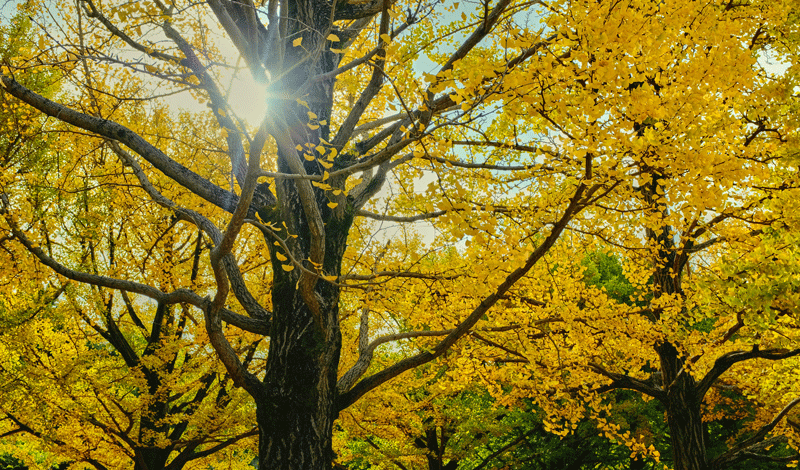A: When we study Buddhism, we find that Shakyamuni’s teachings begin with conquering the four sufferings of birth, aging, sickness and death. Rather than seeking to evade suffering, which is impossible, Shakyamuni pioneered the means to overcome it through practicing Buddhism.
In life, we encounter many forms of hardship, but the four sufferings list what Shakyamuni observed as fundamental sufferings all people experience. Among them, Nichiren Daishonin described death as the most fundamental suffering human beings must address. That is because the certainty of death, or fear of it, is at the core of all suffering.
However, Nichiren Buddhism offers a hope-filled view of death that can enable us to transcend the suffering associated with it. Nichiren Daishonin teaches that through our Buddhist practice, we can transform the four sufferings into the four virtues of the Buddha:
We use the aspects of birth, aging, sickness, and death to adorn the towers that are our bodies. And when, while in these four states of birth, aging, sickness, and death, we chant Nam-myoho-renge-kyo, we cause them to waft forth the fragrance of the four virtues [eternity, happiness, true self, and purity]. (The Record of the Orally Transmitted Teachings, p. 90)
The following guidance from Ikeda Sensei captures the essence of how we can uphold the Nichiren Buddhist view of death and lead lives of genuine fulfilment to the very end.
1. Life-to-life ties are never extinguished.
From the perspective of Buddhism, the end of this life is the departure toward our next existence—just another step in the great ongoing story of life itself, as we enact fresh dramas of birth and death with each new lifetime.
Life-to-life ties forged in this present existence are not severed or extinguished by death. Though they may be invisible, like radio waves, these connections endure eternally. With this deep conviction, though the sadness of loss may linger, there will be no sense of loneliness. Tears of sorrow will eventually turn into tears of fresh commitment. Surviving family, loved ones and friends of the deceased will be able to look to the future positively. Family of the deceased, in particular, will gain the courage and energy to live to the fullest not only for themselves but for the deceased—striving not as mere “survivors” but as “successors” who share and carry on the deceased’s aspirations. (Teachings for Victory, vol. 5, p. 146)
2. The cycle of life and death is the same as the rhythm of waking and sleeping.
I believe that whether we can live a truly satisfying life to the end depends to a considerable extent on how we view death. Sadly, many older people are anxious and fearful about death. But, as a Buddhist, I find it helpful to compare the cycles of life and death to the daily rhythms of waking and sleeping. Just as we look forward to the rest sleep brings after the efforts and exertions of the day, death can be seen as a welcome period of rest and re-energizing in preparation for a new round of active life. And just as we enjoy the best sleep after a day in which we have done our very best, a calm and easy death can only follow a life lived to the fullest without any regrets. (Buddhism Day by Day, p. 167)
3. Daimoku strengthens connections with our departed loved ones.
Fellow members who embrace the Mystic Law are united throughout life and death. We are linked to our departed family members and friends through chanting Nam-myoho-renge-kyo. They are no doubt watching with delight from Eagle Peak the efforts we are making for the sake of kosen-rufu, our friends and society. Together, we are continuing our unending journey of life, pervaded by the four virtues of eternity, joy, true self and purity. (June 1, 2018, World Tribune, p. 3)
4. Live out this life fighting for your convictions.
Death will come to each of us some day. We can die having fought hard for our beliefs and convictions, or we can die having failed to do so. Since the reality of death is the same in either case, isn’t it far better that we set out on our journey toward the next existence in high spirits, with a bright smile on our faces, knowing that in everything we did, we did the best we could, and thrilling with the sense that, “That was truly an interesting life”? (Faith Into Action, p. 23)
—Prepared by the World Tribune staff
You are reading {{ meterCount }} of {{ meterMax }} free premium articles

